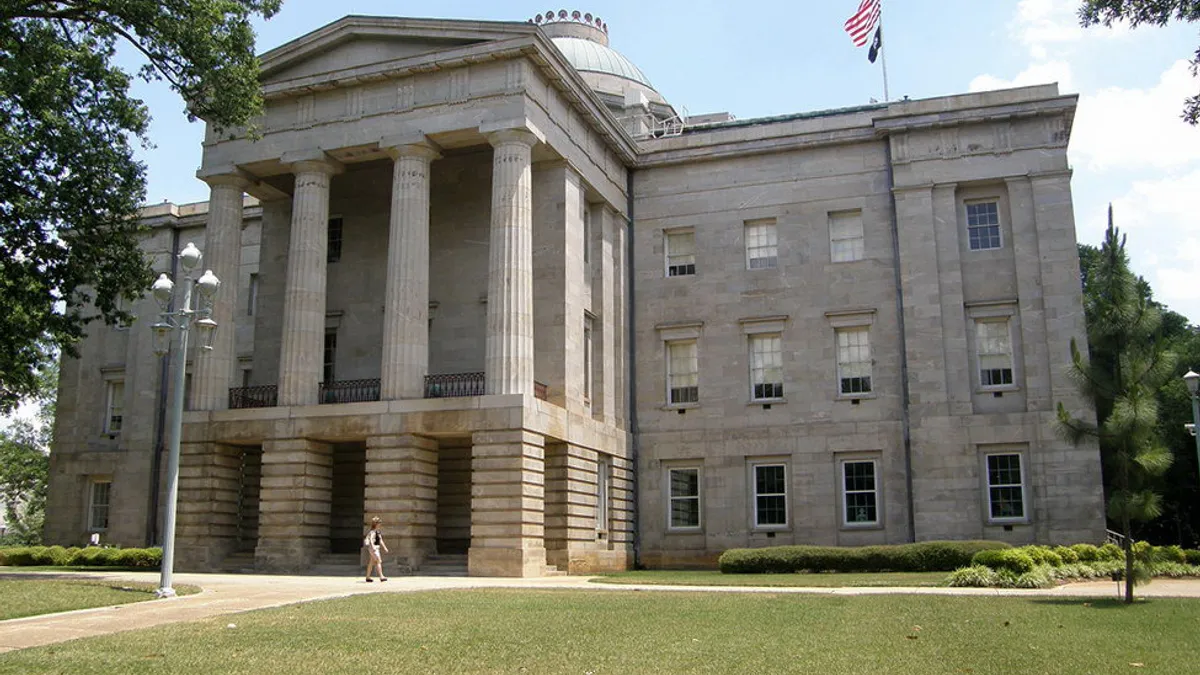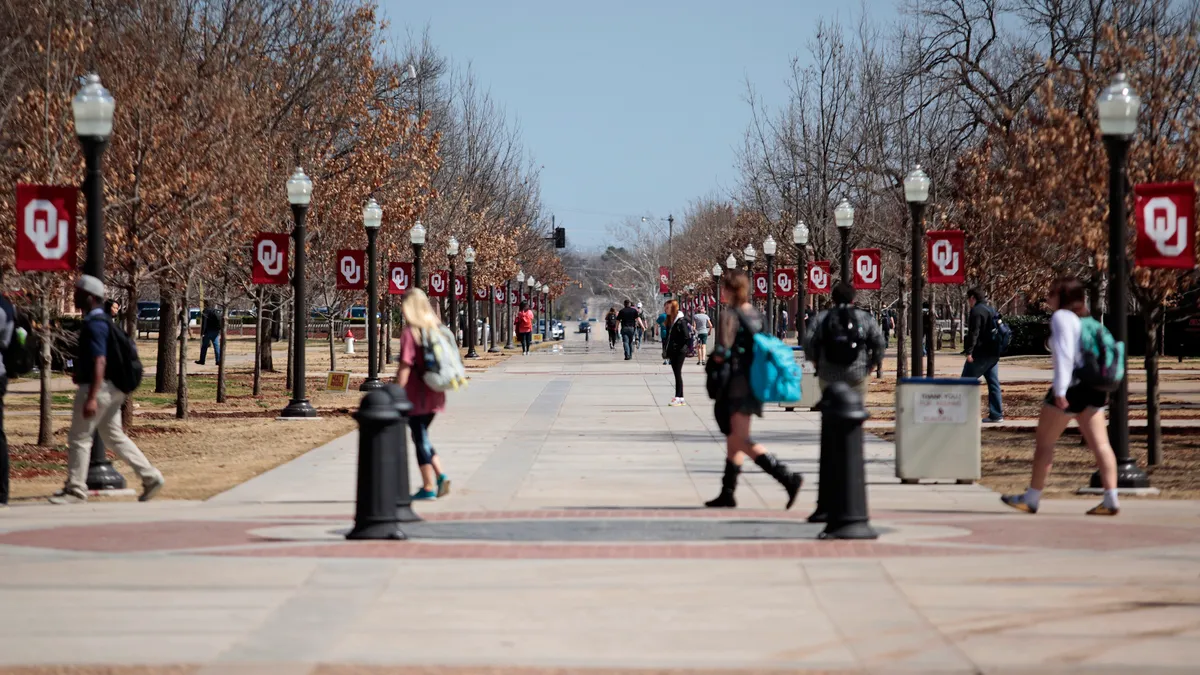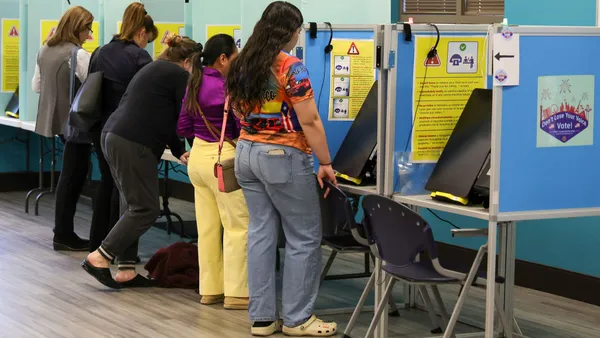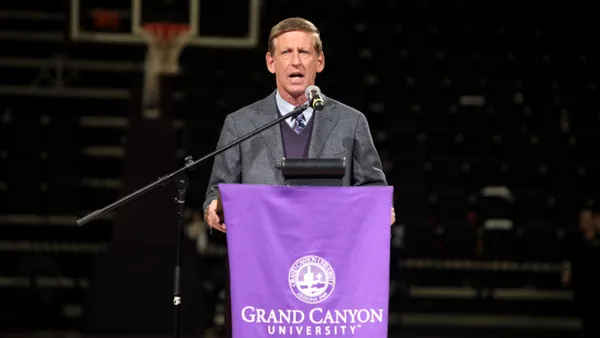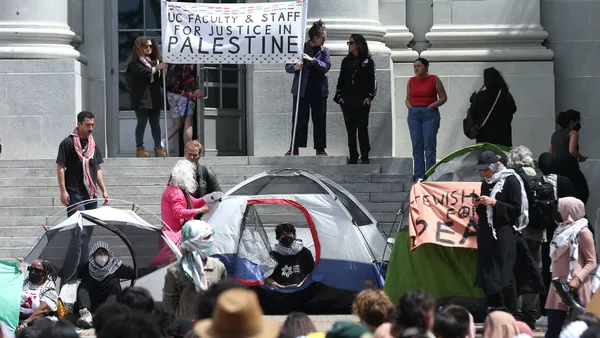Funding for higher ed institutions remained relatively level overall this year. And in the first half of the year, bills pertaining to protecting free speech on public campuses were one of the most consistent issues raised in state legislatures, according to a new report released by the American Association of State Colleges and Universities, which examined the top financial and policy trends shaping public higher education nationwide so far this year.
Thomas L. Harnisch, director of State Relations and Policy Analysis with the AASCU, said funding for higher education was increasingly disparate from state to state, based on economic opportunities and challenges unique to each.
“There are a number of states that have really tight budgets. In many states, the revenue picture is fairly stagnant; there’s just not considerable growth in state revenue. Higher education has to operate in a constrained budgetary approach. Some states are more optimistic in their revenue outlook, while others are more pessimistic,” he said. “In states throughout the nation, higher ed budgets are really being squeezed by growth in other state expenditures like Medicaid and K-12 education and corrections. So there are a lot of hungry mouths to feed at the state budget.”
The report noted that the country as a whole was seeing “slow and steady” economic growth, with the “jobs gap” caused by the 2008 crash expected to close this month. However, the report noted that 33 states had reported revenue below their initial projections, which can have more substantive impact on higher education funding. The report noted that some states — like North Dakota, West Virginia and Wyoming — had made cuts to their higher ed budget after legislatures saw declining revenues from oil and gas extraction taxes.
Harnisch pointed to the increase in proposed free speech legislation as a particularly common thread in state legislatures. According to the report, there had been 30 pieces of legislation proposed in 18 different states. Many of these laws were based on model legislation created by the Goldwater Institute.
Harnisch said the polarized, political climate engulfing the country at large was likely the impetus behind the rush of legislation. Some of the legislation us unlikely to have substantial ramifications, like the push to eliminate free speech zones on campus, but other bills — including one considered by Wisconsin’s state legislature — that would mandate changes in disciplinary measures for students who “interfere with the free expression of others on campus” could. Harnisch suggested higher ed administrators are frustrated by this loss of autonomy, and recommended that they find a way to reframe the conversation surrounding controversial protests on some public college campuses.
“What they need to do is tell their story and that their campus is open to all viewpoints, they will do everything they can to make sure students have access to speakers, and that they provide a safe environment for everyone to attend events,” he said. “These events that make news about speakers being uninvited, that’s the rare exception. Most campuses have speakers come on campus with a wide variety of viewpoints.”
There was also a number of free college initiatives instituted this year, the most famous and broad of which was New York’s program to offer free tuition to eligible students for four years at any City University of New York or State University of New York school. However, there were other programs with more targeted ambitions, though many of these programs have stalled in state legislatures for a variety of reasons, including a lack of necessary funding.


